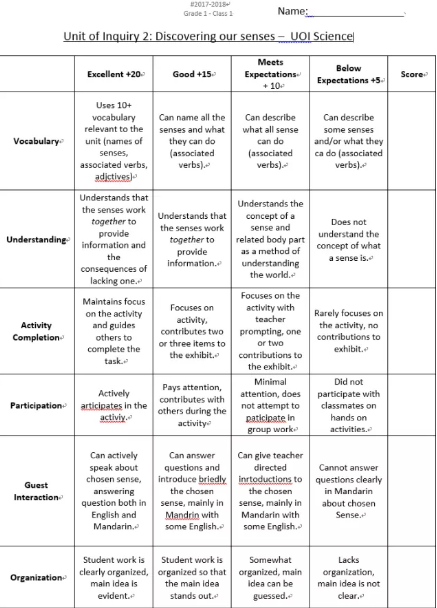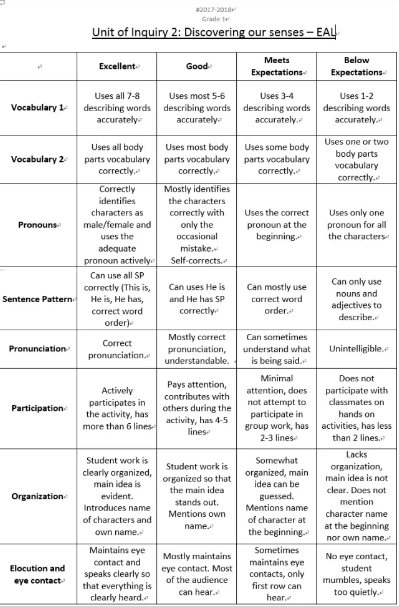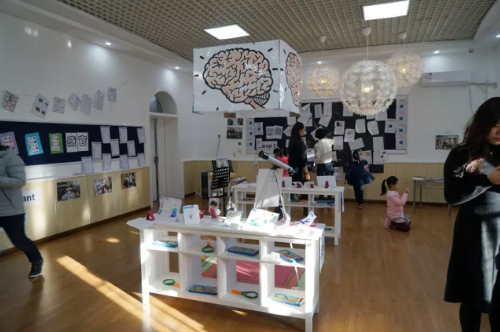
博物馆,估计您已经参观过很多地方啦!但是中山实验学校国际部的这间“感官博物馆”,您肯定闻所未闻,他的奇妙之处且听细细道来!
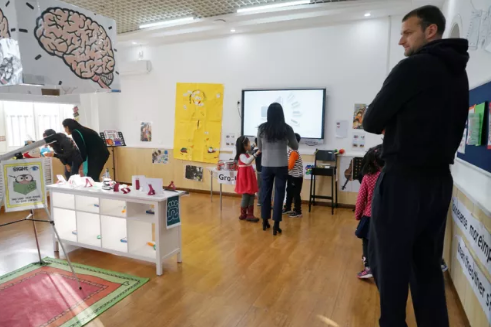
在第二个超学科主题“我们是谁”的探究学习中,学生们了解了我们通过感官认识这个缤纷的世界。学生在探究学习中,自己的五大感官被充分调动起来。他们用一幅幅作品记录眼睛看到的景物;用实验小瓶捕捉的气味来唤醒嗅觉;用搜集网罗的物品来体验不同触感;用各种调味品来点燃味蕾;用五花八门的声音来让耳朵大饱耳福。为了评价学生主题学习的效果,并记录一点一滴的学习成果,这个“感官博物馆”就应运而生啦!
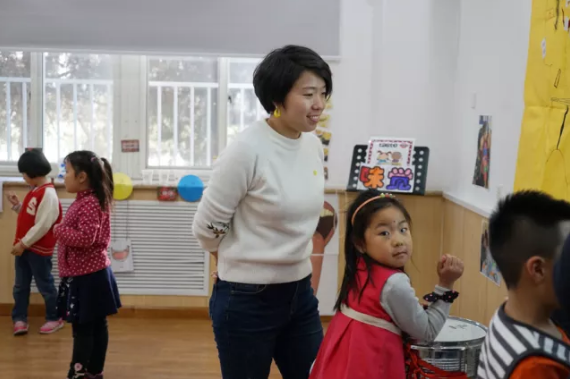
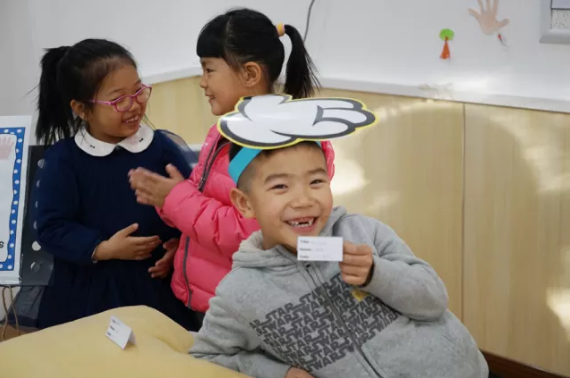
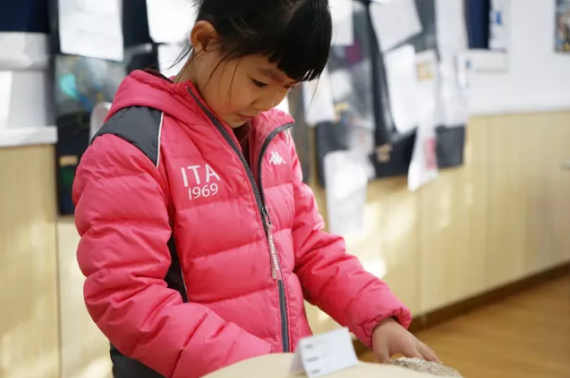
12月8日,感官博物馆正式开馆!国际部学生彬彬有礼地欢迎道:“您好!欢迎您到中山实验学校国际部参观我们的‘感官博物馆’。”参观嘉宾在迎宾学生的引导下,签下自己的名字,领取了精心设计的参观指南,参观之旅就此开始!
听觉区
“您好!您所在的位置是感觉博物馆的听觉区。请您猜猜听到的声音。”学生一边兴奋地为嘉宾揭晓答案,一边滑动着触控电脑开始出下一道题目啦!
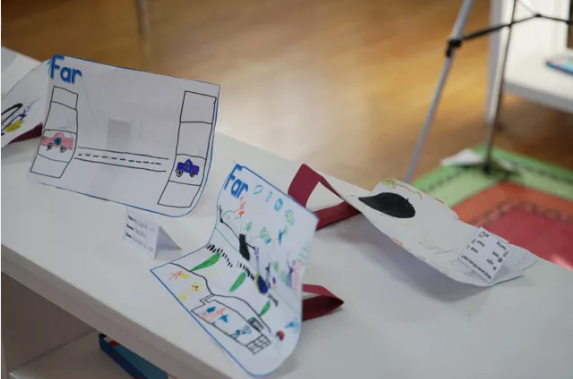
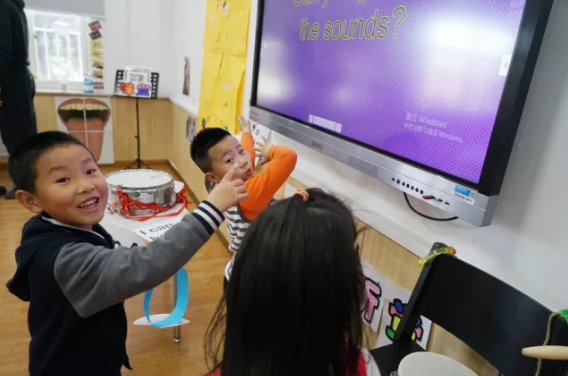
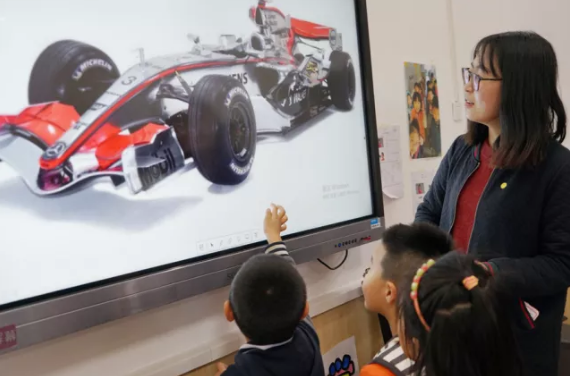
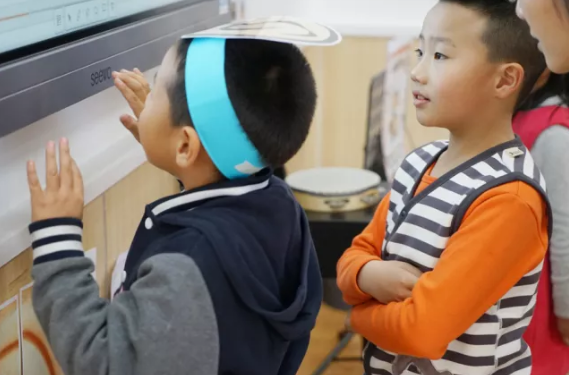
味觉区
味觉区的体验品被小引导员有序地排列起来。“您好!您所在的位置是感觉博物馆的味觉区。您可以用嘴巴尝尝这些味道!”品尝过程中,嘉宾和学生们交流着自己对味道的喜好。
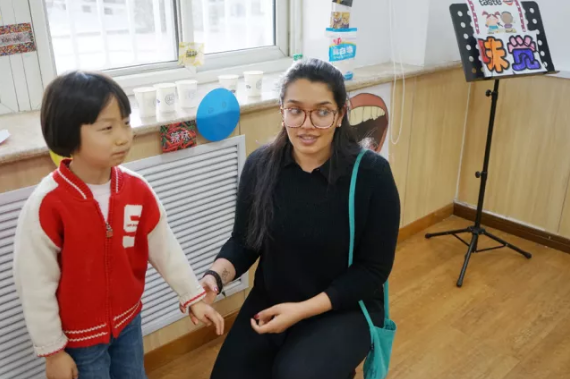
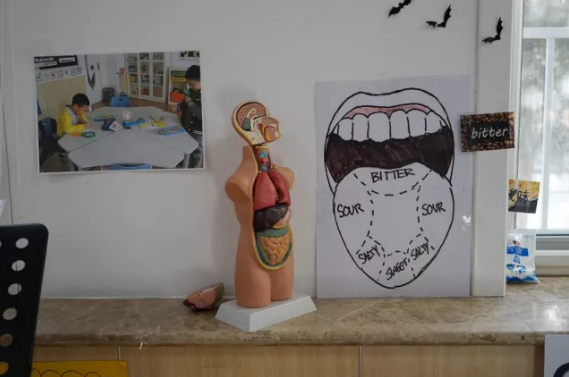
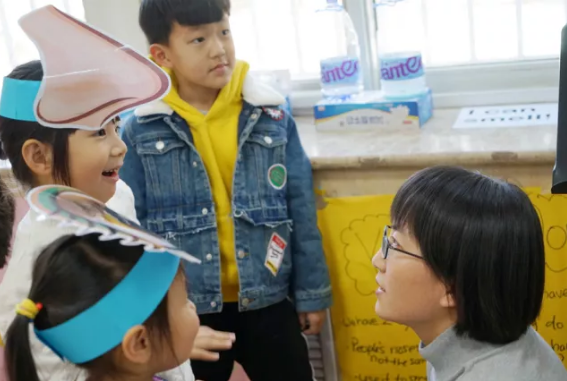
嗅觉区
极易挥发的气味让学生们用透明实验瓶子给封存起来。学生们兴奋地让嘉宾用鼻子闻闻这些精心搜罗的气味。嘉宾猜对了,学生们别提有多兴奋了!
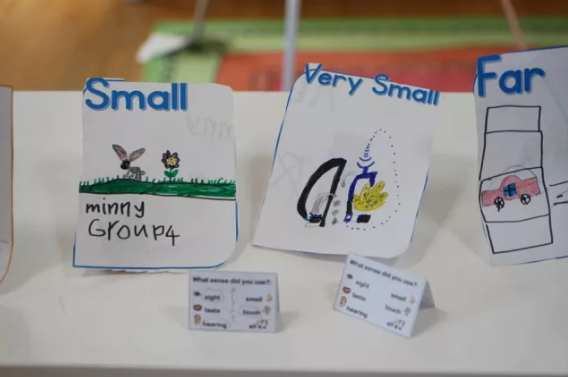
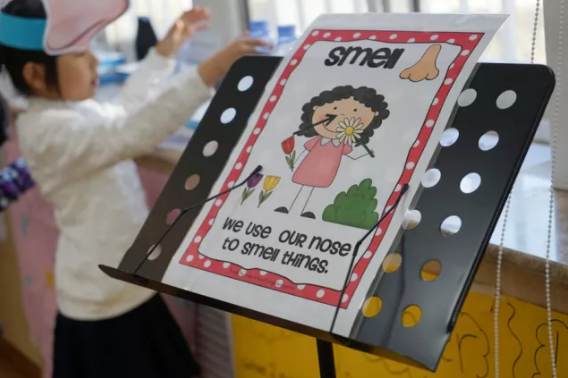
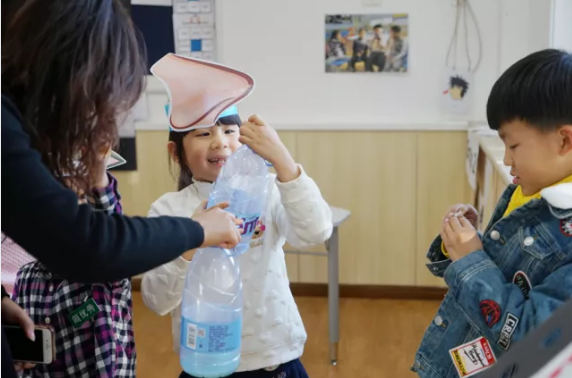
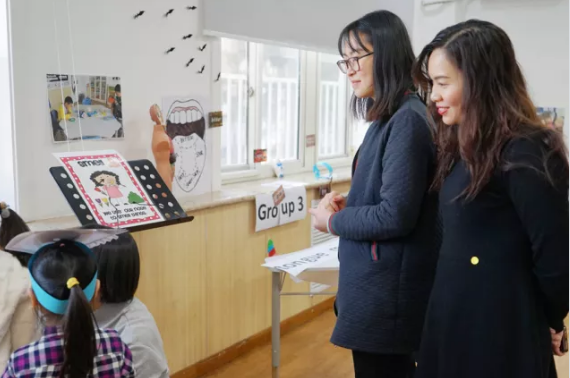
触觉区
他们自信大方地跟嘉宾介绍这满墙悬挂的触觉作品。棉花、石头、暖宝宝贴、树叶,这些都被学生收集起来,记录下不同的触觉感受。
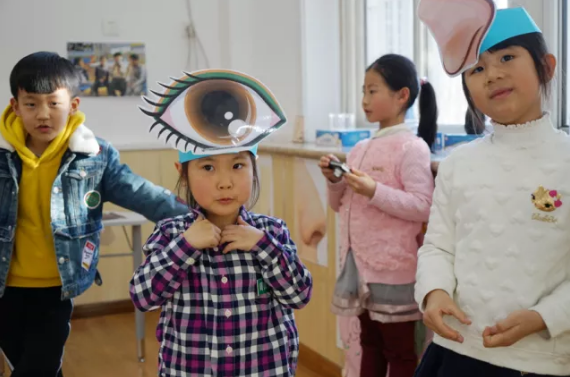
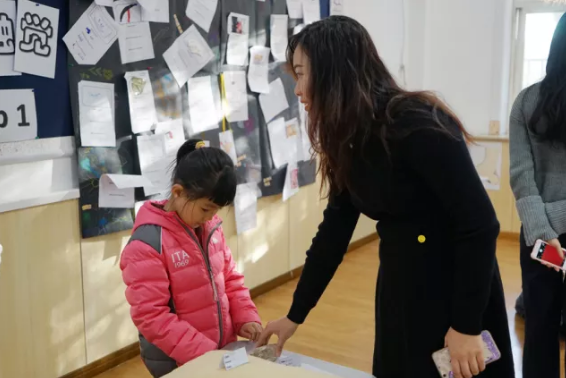
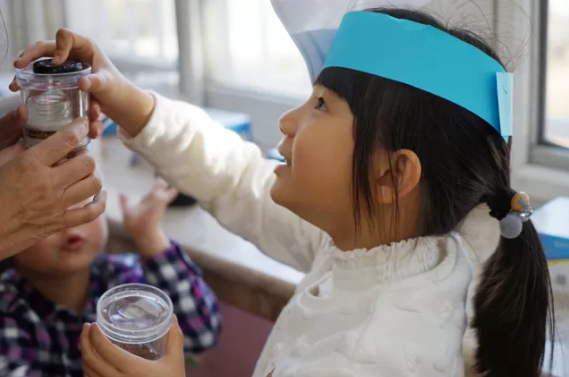
奇妙的感官博物馆之旅在学生自信满满的展示中悄然拉上了帷幕。但这样深刻的学习经历却存留在每位学生心中,慢慢生根发芽,开花结果。带着无限的期待,他们又将开始新主题的探究之行!
This past Friday Grade 1 Class 1 held their “Sense Museum Open House” showcasing works from the unit and small experiments that they had done in class. The central idea of this unit was that our senses help us understand the world and the students learned that when we make judgements about things, for example, whether we like or dislike something, we always make them on the basis of the information provided to us by our senses. Not only that but our senses work together to give us this information and no one sense is more important than the other.
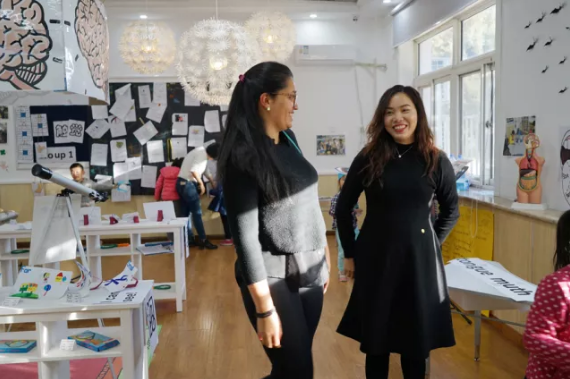
During our inquiry we looked at how our senses can sometimes be ineffective when working on their own, for example relying only on sight to distinguish salt from sugar, vinegar from water etc.
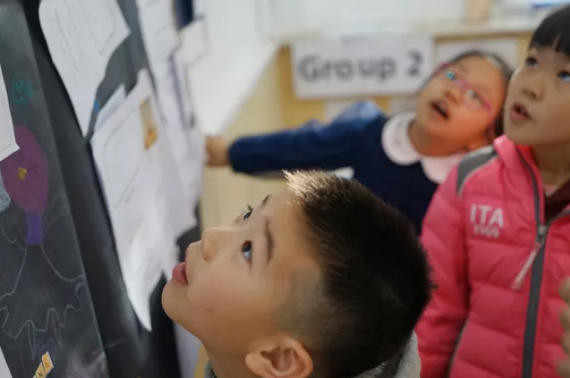
In our Sense Museum this reliance on one another was reflected in the setup of each sensory organ surrounding the brain, the organ which processes the information given to it by the senses.
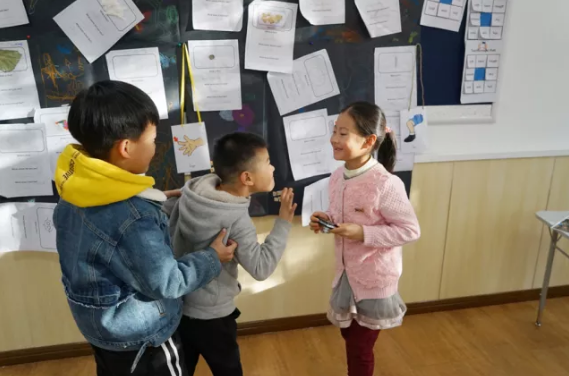
In realizing our museum, the students were divided into four main groups responsible for: hearing, smell, taste and touch (sight was set up by Janette). The students were responsible for helping to decide what artefacts should go where, assigning an entry label to each, organizing their works to be displayed as well as preparing themselves to act as “museum guides” for the teachers’ visit.
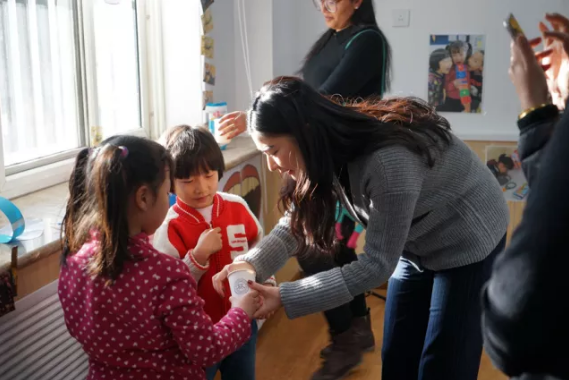
In our hearing section Group 4 displayed different instruments that go from quiet to loud.
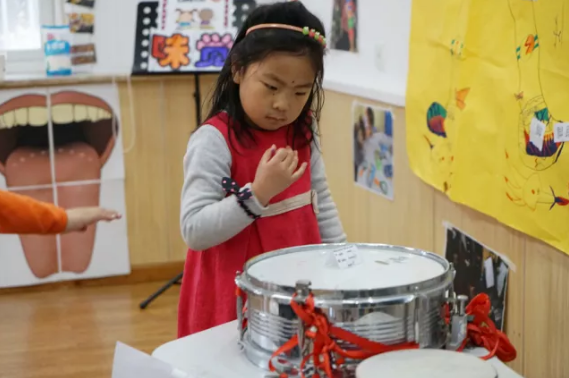
In our smell section Group 2 offered a selection of things that “smell good” and things that “smell bad”.
In our touch section Group 1 displayed their “sense of touch” assignments with a variety of items that feel “soft, rough, hard, smooth, hot, cold, wet and dry”.
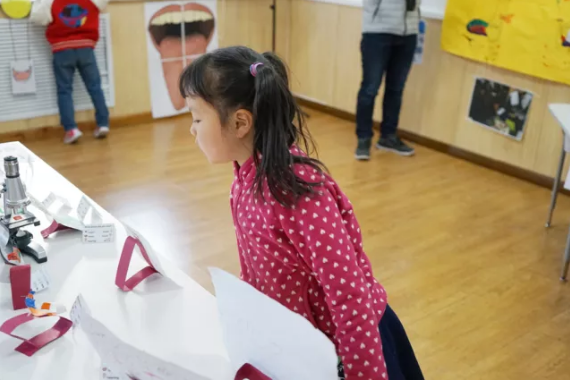
In addition to the groups manning the sense stations we had our very own class photographer Gina Z and our museum greeters Linda L. and Jeffrey Z.
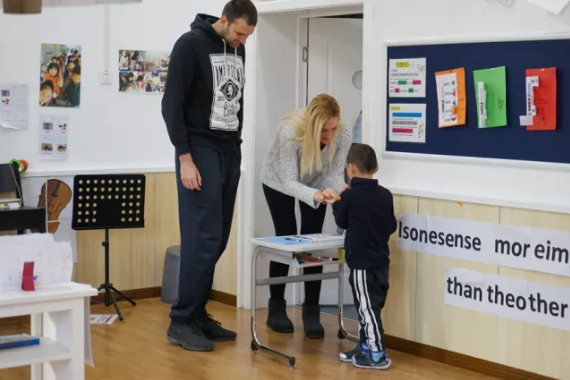
原来,本次的博物馆之旅是探究单元“我们是谁”的总结性评估任务,学生将自己过去六周的主题学习通过博物馆的形式展示自己对于中心思想与概念的理解。在博物馆的讲解中,班主任老师利用评估细则表对每位学生进行了真实性评估。评估细则客观、公正,全方位地展示学生学习能力的真实水平及进步空间。IB PYP课程的评估方式区别于传统的考核方式,使用更真实、有效的评估策略与工具评估学生的学习水平并为学生提供自我反思的机会,让学生充分了解自己的学习状态与进步的方向,从而做到以自己的步伐、方式进步,成为最好的自己。

